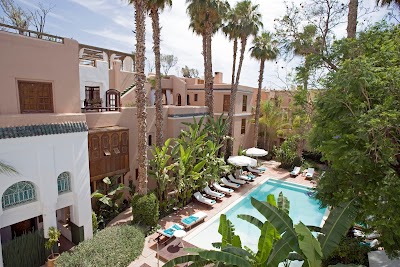Essaouira Medina (مدينة الصويرة)
Overview
The Medina of Essaouira, located in the coastal city of Essaouira, Morocco, is a remarkable example of an 18th-century fortified town that has preserved its authenticity and cultural heritage over the centuries. Constructed between 1760 and 1770 by Sultan Mohammed ben Abdallah, this historical gem was designed to serve as a strategic port and a vibrant cultural melting pot.
As you explore the Medina, you’ll notice its unique architectural design, which showcases a harmonious blend of European and Moroccan styles. Commissioned by Sultan Mohammed ben Abdallah, French engineer Théodore Cornut laid out the town in a grid pattern, reminiscent of contemporary European military architecture—a distinctive feature in contrast to the typical maze-like streets of Moroccan cities.
The Medina is encircled by robust defensive walls, constructed from stone and adorned with imposing bastions and gates, including the notable Bab El Mersa (Maritime Gate), Bab Doukala, and Bab Marrakech. One of the standout fortifications is the Skala de la Kasbah, where rows of brass cannons proudly face the Atlantic Ocean, a testament to the town's strategic significance throughout history.
Strolling through the narrow, winding alleys of the Medina, visitors can experience the lively history woven into its architecture and culture. The buildings are characterized by their charming whitewashed facades, vibrant blue wooden doors, and small windows embellished with intricate wrought iron details. At the heart of the Medina lies the bustling Place Moulay Hassan, a lively square where locals and tourists gather, surrounded by a plethora of cafes, shops, and markets.
The souks within the Medina are among the most vibrant in Morocco, brimming with a dazzling array of spices, textiles, jewelry, and traditional crafts. Essaouira is renowned for its skilled artisans, particularly in the production of thuya wood inlays, pottery, and the captivating sounds of gnawa musical instruments.
The town’s port, once known as Mogador, played a crucial role in its development, serving as a vital nexus for trade and commerce between Africa, Europe, and the Atlantic world. Today, fishing boats, painted in the same iconic blue as the Medina's doors, line the port, bringing in fresh catches that supply the bustling fish markets and seafood restaurants.
Efforts to preserve Essaouira Medina have been ongoing, ensuring that its historical and cultural legacy endures for future generations. In 2001, it was designated a UNESCO World Heritage Site, recognizing its unique blend of architectural influences and its significance as a multicultural trading port. Conservation projects have been initiated to maintain the structural integrity of its buildings and fortifications while fostering sustainable tourism that benefits the local community.
Visiting Essaouira Medina is more than just an exploration of a historical site; it is an opportunity to engage with a living testament to the diverse cultural influences and historical events that have shaped it over the centuries. As you wander through its enchanting streets, you’ll feel the vibrant harmony of the past coexisting with the present, making it an unforgettable destination in Morocco.









